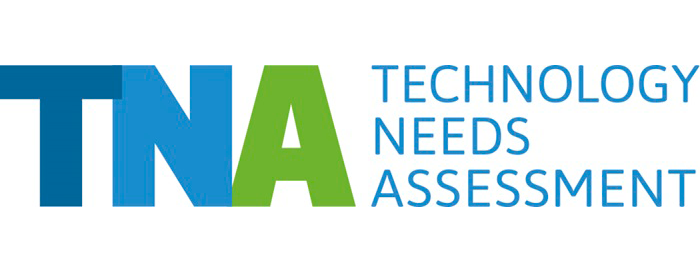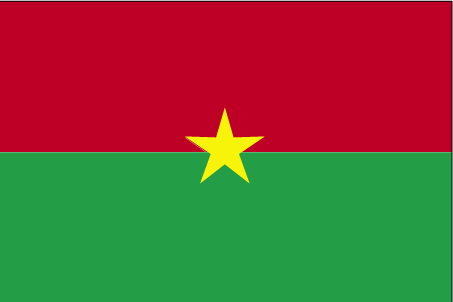One of the technologies highlighted by the TNA was the installation of photovoltaic energy generators. Based on climate scenarios in Burkina Faso, it was calculated that the installation of a 10MWc generator would result in 5.5 kWh produced per m2 per day. This constitutes the basis of consumer need and showed that, should the technology be fully established, Burkina Faso could reduce its emissions by approximately 11 ggCO2e per year.
Burkina Faso is a landlocked country in the heart of West Africa. To the north and west it borders Mali, to the south Côte d’Ivoire, Ghana, Togo and Benin, and to the east the Republic of Niger. Agriculture and forestry are key components of Burkina Faso’s economy. The increased frequency and intensity of droughts and floods, combined with higher temperatures, are increasingly having a negative effect on sectors such as agriculture, livestock and water management. Burkina Faso faces a fundamental need for climate services to safeguard people’s lives, in addition to increasing economic efficiency and social stability.
Burkina Faso completed its TNA in 2018. During the TNA it was discovered that three out of four prioritized technologies were closely linked to the family farm. Accordingly, the Technology Action Plan detailed a project under the banner of “optimizing the productivity of family farms”, which aimed to encompass three essential technologies: biodigesters, the collection of rainwater into run-off collection basins, and the management of water and soil at the plots. Expertise from the UNEP DTU Partnership revealed that implementing these technologies together offered better opportunities for economies of scale. Another benefit is the ability to exploit the complementary effects that the three technologies have on each other. The project’s overall objective is to optimize the productivity of family farms while at the same time improving their sustainability.
The project ideas developed through the TNA are considered a tool for the operationalization of the NDC.
Burkina Faso’s TNA contributes to the following Sustainable Development Goals:







